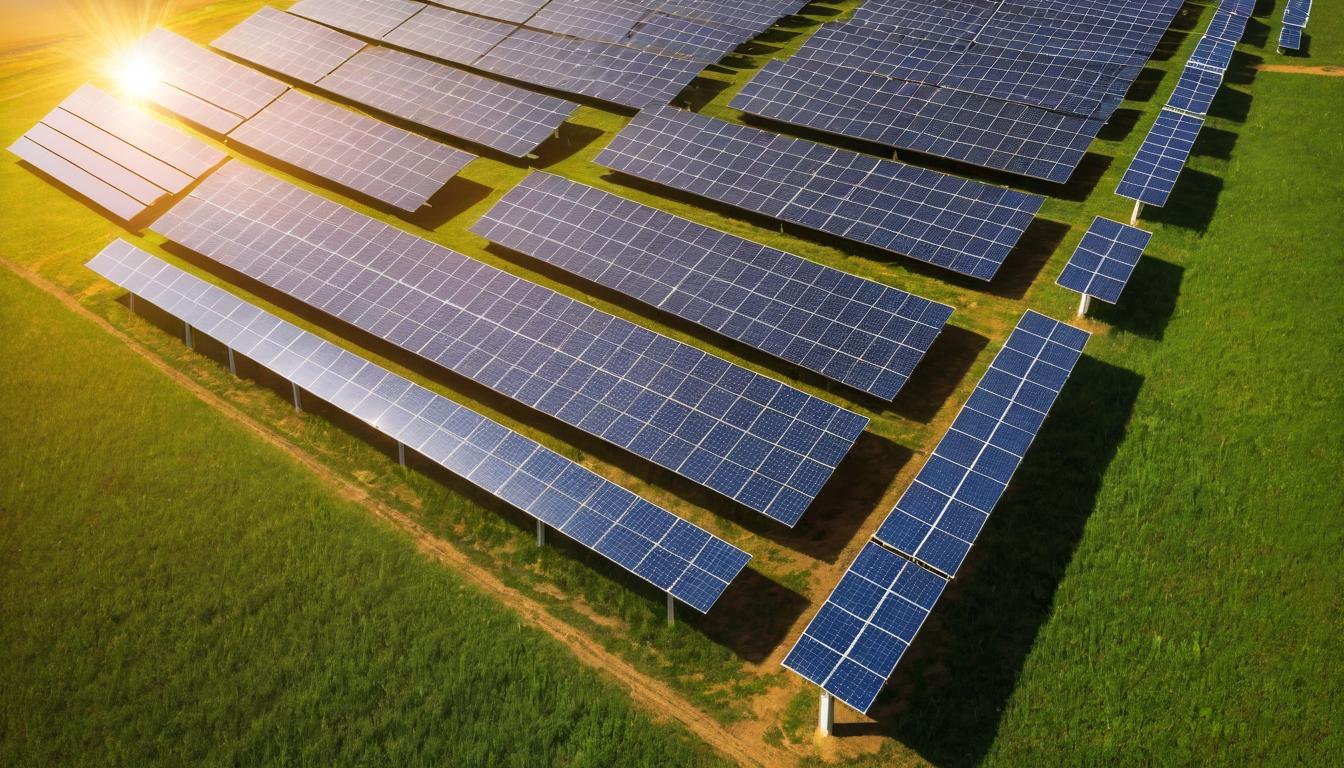Walking through the sprawling solar farms of California's Central Valley, you can almost hear the quiet hum of progress. Rows upon rows of photovoltaic panels stretch toward the horizon, their dark surfaces drinking in the desert sun. This isn't just renewable energy—it's a fundamental reshaping of how we power our world, and it's happening faster than anyone predicted.
The numbers tell a compelling story. Solar installation costs have plummeted by over 80% in the past decade, making what was once a niche technology accessible to millions. But the real story isn't in the statistics—it's in the communities transformed by this energy transition. From former coal miners in Appalachia finding new careers in solar installation to farmers in the Midwest generating additional income from agrivoltaics, the human impact is profound.
Recent breakthroughs in perovskite solar cells are pushing efficiency boundaries that were once thought to be physical limits. Researchers at the National Renewable Energy Laboratory have achieved conversion efficiencies approaching 30%, a milestone that could revolutionize rooftop solar and building-integrated photovoltaics. The implications extend beyond residential applications—imagine entire skyscrapers generating their own power through transparent solar windows.
The supply chain story reveals both challenges and opportunities. While China currently dominates solar panel manufacturing, countries across Europe and North America are building domestic production capacity at an unprecedented pace. The Inflation Reduction Act in the United States has sparked a manufacturing renaissance, with new factories breaking ground from Georgia to Arizona. This isn't just about energy independence—it's about creating resilient supply chains that can withstand geopolitical tensions.
Floating solar represents one of the most exciting frontiers. By installing solar arrays on reservoirs and other water bodies, we're solving multiple problems simultaneously. These installations reduce water evaporation in drought-prone regions while generating clean electricity. The cooling effect of water actually boosts panel efficiency, creating a virtuous cycle that benefits both energy production and water conservation.
Community solar projects are democratizing access to clean energy. For renters, low-income households, and those with shaded roofs, these shared solar gardens provide a pathway to renewable energy participation. The model has proven so successful that states from New York to Colorado are expanding their community solar programs, creating local jobs while reducing energy bills for thousands of families.
Storage technology is the missing piece that's rapidly falling into place. Lithium-ion batteries get most of the attention, but emerging technologies like flow batteries and compressed air energy storage are showing remarkable potential for grid-scale applications. The combination of cheap solar with affordable storage is creating a paradigm shift—renewables are no longer just supplemental energy sources but becoming the backbone of our electrical infrastructure.
The international landscape reveals both cooperation and competition. While Europe pushes forward with ambitious solar targets, emerging economies in Africa and Southeast Asia are leapfrogging traditional grid infrastructure entirely. Microgrids powered by solar and storage are bringing electricity to remote villages for the first time, transforming education, healthcare, and economic opportunities.
Workforce development presents both a challenge and an opportunity. The solar industry now employs more Americans than the fossil fuel electricity generation sector, and that gap is widening. Training programs from community colleges to union apprenticeships are preparing the next generation of solar technicians, electricians, and engineers. This isn't just job creation—it's career building in a growing industry.
The environmental benefits extend far beyond carbon reduction. Solar farms are becoming biodiversity hotspots when designed with ecological principles in mind. Native plantings between panel rows create habitat for pollinators, while careful site selection protects sensitive ecosystems. The transition to solar represents not just cleaner energy but a more harmonious relationship with our natural world.
Looking ahead, the integration of artificial intelligence and machine learning promises to optimize solar performance in ways we're only beginning to understand. Smart inverters, predictive maintenance, and real-time grid balancing are making solar more reliable and efficient than ever before. The future isn't just solar—it's smart solar, working in concert with other renewable sources to create a resilient, decentralized energy system.
What began as an environmental movement has evolved into an economic revolution. The solar industry isn't just saving the planet—it's creating wealth, opportunity, and energy security for communities worldwide. As installation costs continue to fall and technology improves, we're witnessing not just an energy transition but a fundamental reimagining of what's possible.
The solar revolution is accelerating beyond expectations

